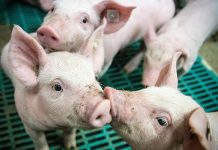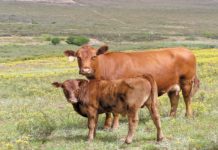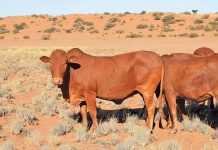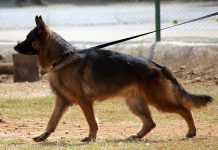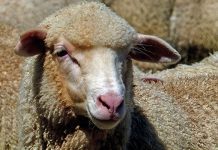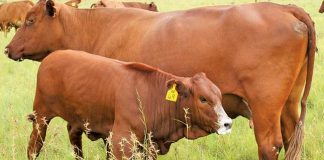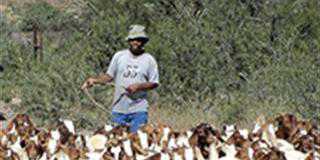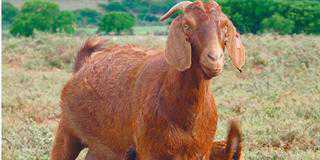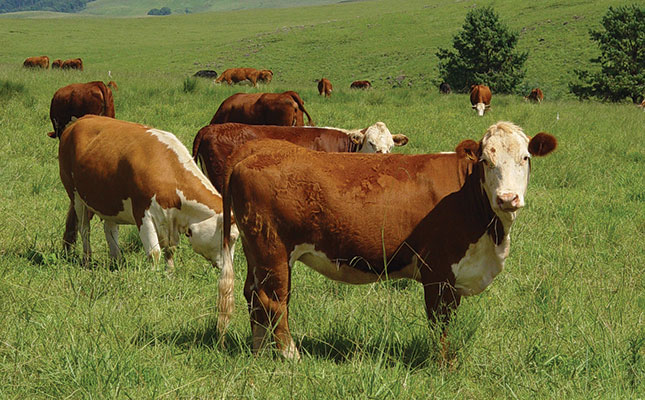
A special breed of cattle in the English county of Herefordshire was mentioned by agriculture authors as early as the 1600s.
Formal selection and improvement of the breed began in the 18th century when Benjamin Tomkins started a herd headed by his bull Silver. Records say the bull was red with a white face and a little white on its back.
The Hereford Herd Book Society was formed in March 1878.
The first two Hereford bulls were imported to South Africa in 1890. This was followed by a number of further imports from 1894 to 1899.
No female animals were brought in during this time and the Hereford bulls were used to improve the national herd.
James Gray of Waverley, Ceres Road in Western Cape, imported the bull Rufus and two cows in 1902 and, a short while later, Sir Abe Bailey and G J Young also imported a number of Herefords. According to the SA Hereford Breeders’ Society, these men should be considered the founders of the breed in South Africa.
“Fertility and reproduction are the most important factors in the profit potential of a cow herd,” notes the society. These factors are “five times more important than growth and 10 times more important than carcass quality.”
The Hereford has been the most fertile of all the breeds affiliated to SA Studbook for three consecutive years, continues the society. Cows can wean a calf every year, fall pregnant soon thereafter, and adapt easily to various kinds of feed.
Contact the SA Hereford Breeders’ Society on 051 410 0958, email [email protected] or visit the website hereford.co.za.
Sources: SA Hereford Breeders’ Society; Beef Cattle Management (ARC-Animal Production Institute, Irene).


